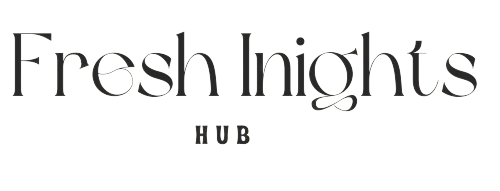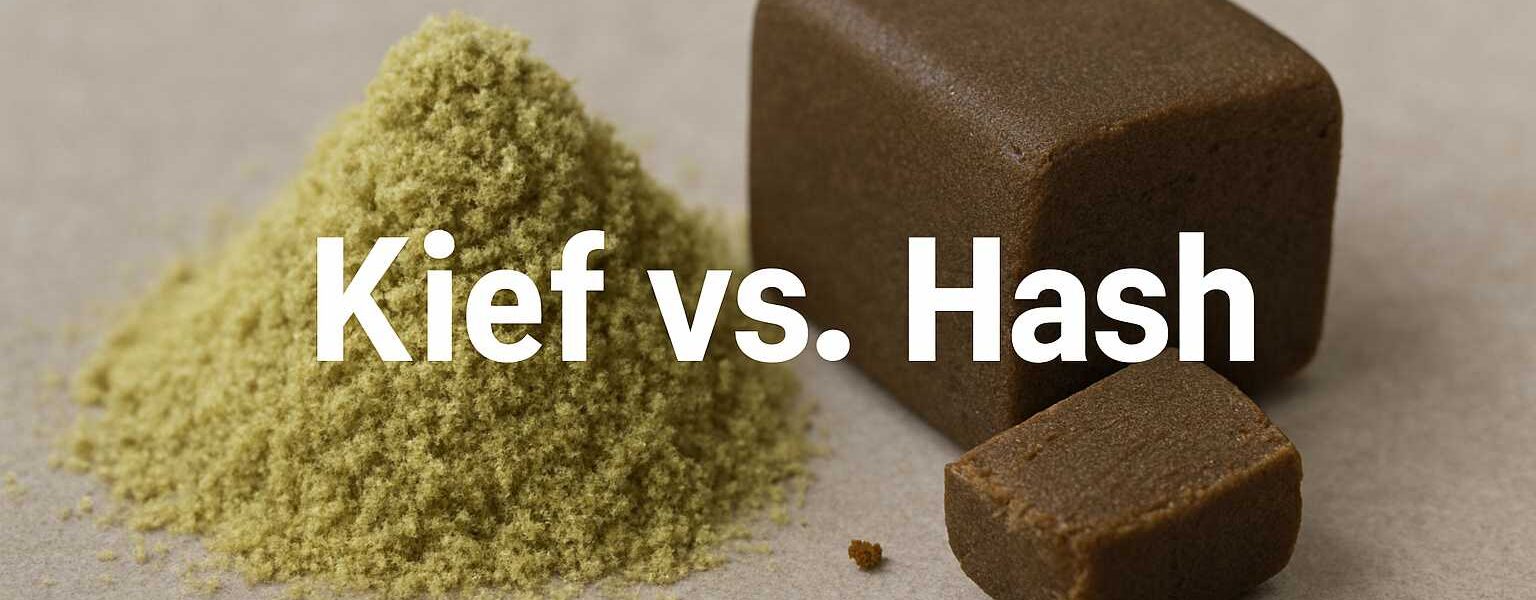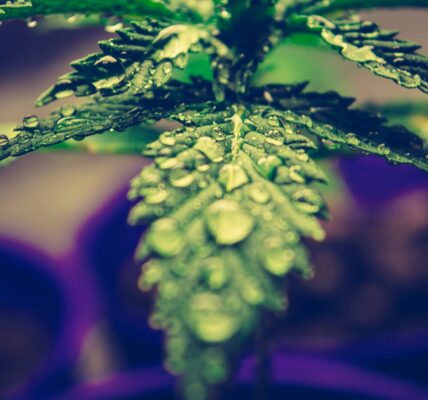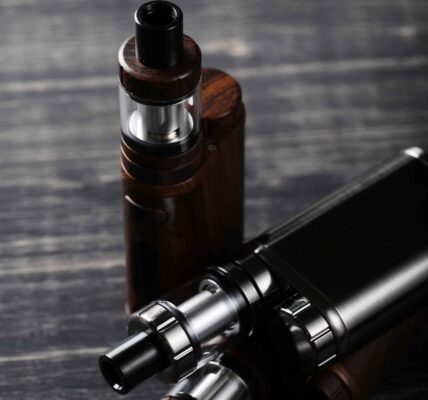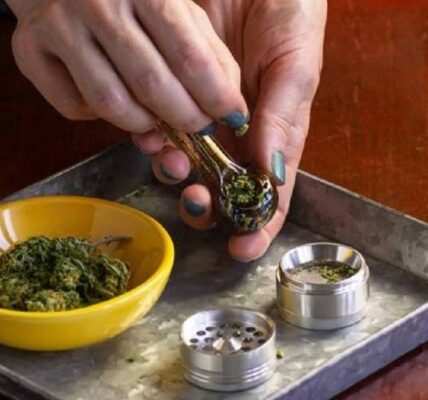Cannabis enthusiasts are always on the lookout for more potent, flavorful, and efficient ways to consume their favorite plant. Among the various concentrates available, kief and hash are two of the most traditional and accessible forms. Though they originate from the same part of the cannabis plant, their preparation, potency, and usage differ in significant ways. So what sets them apart—and which one is better? Let’s break it down.
What Is Kief?
Kief (also known as dry sift or pollen) refers to the resinous trichomes that fall off cannabis flowers when they are ground or sifted. These tiny, crystal-like glands contain the majority of the plant’s cannabinoids and terpenes, making kief more potent than the flower itself.
Kief collects in the bottom chamber of a grinder or can be harvested through special mesh screens. It has a sand-like texture and ranges in color from light blonde to greenish, depending on its purity.
Benefits of Kief:
-
High Potency: Because it’s made from pure trichomes, kief is significantly stronger than standard cannabis flower.
-
Versatile: You can sprinkle it into a joint, pack it on top of a bowl, or even press it into hash.
-
Easy to Collect: If you use a multi-chamber grinder, you’re probably already collecting kief without much effort.
What Is Hash?
Hash (short for hashish) is essentially compressed or processed kief. It is made by collecting trichomes and applying pressure and sometimes heat to bind them together into a solid form. Hash has been used for centuries, especially in parts of the Middle East, India, and North Africa.
There are several types of hash, including:
-
Dry sift hash: Simply compressed kief.
-
Bubble hash: Made using ice water and micron bags to separate trichomes.
-
Charas: A traditional Indian method involving rubbing fresh cannabis flowers by hand.
Hash typically comes in a sticky, pliable, or hard brick-like form and has a deep, earthy aroma and darker color.
Benefits of Hash:
-
More Refined: The process removes plant matter, resulting in a cleaner smoke.
-
Long-Lasting: Hash tends to burn slower, making it more efficient.
-
Traditional and Flavorful: Some cannabis users prefer the complex flavor and ritual of using hash.
How Are They Different?
| Feature | Kief | Hash |
|---|---|---|
| Form | Powdery, loose trichomes | Pressed or sticky blocks |
| Potency | High | Often higher due to processing |
| Processing | Minimal, dry sift | Compressed and sometimes heated |
| Ease of Use | Very easy, can be sprinkled | Requires some prep (cutting or heating) |
| Taste | Light, depends on strain | Richer, more complex flavor |
While both come from the same part of the plant—the trichomes—their final forms and user experiences can differ significantly. Kief is easier to collect and use spontaneously, while hash is typically the result of intentional processing.
Which Is Better?
The answer depends on what you’re looking for in your cannabis experience.
Choose Kief If:
-
You want a quick and easy potency boost.
-
You’re looking to enhance a bowl or joint without altering the base flavor too much.
-
You don’t have access to specialized equipment but still want a concentrate-like effect.
Choose Hash If:
-
You want a smoother and more flavorful smoking experience.
-
You prefer a traditional concentrate with cultural and historical depth.
-
You don’t mind a little extra effort in exchange for a cleaner, longer-lasting high.
Can You Turn Kief into Hash?
Yes! If you have a decent amount of kief, you can press it into hash using a pollen press or by hand. Applying heat and pressure causes the trichomes to fuse together, creating a more stable and dense concentrate. This not only improves storage life but can also enhance the flavor and potency.
Final Thoughts
Kief and hash are two sides of the same coin—both offering a potent, flavorful way to enjoy cannabis beyond the basic flower. Kief is the more accessible, easy-to-use option that requires minimal effort to collect. Hash, on the other hand, delivers a refined and often richer experience, though it comes with a bit more complexity.
So, which one is better? There’s no one-size-fits-all answer. It ultimately depends on your preference, your goals, and how much time and effort you want to invest. Whether you’re topping off a bowl with a bit of kief or relaxing with a hand-rolled piece of hash, both options offer unique benefits worth exploring.
